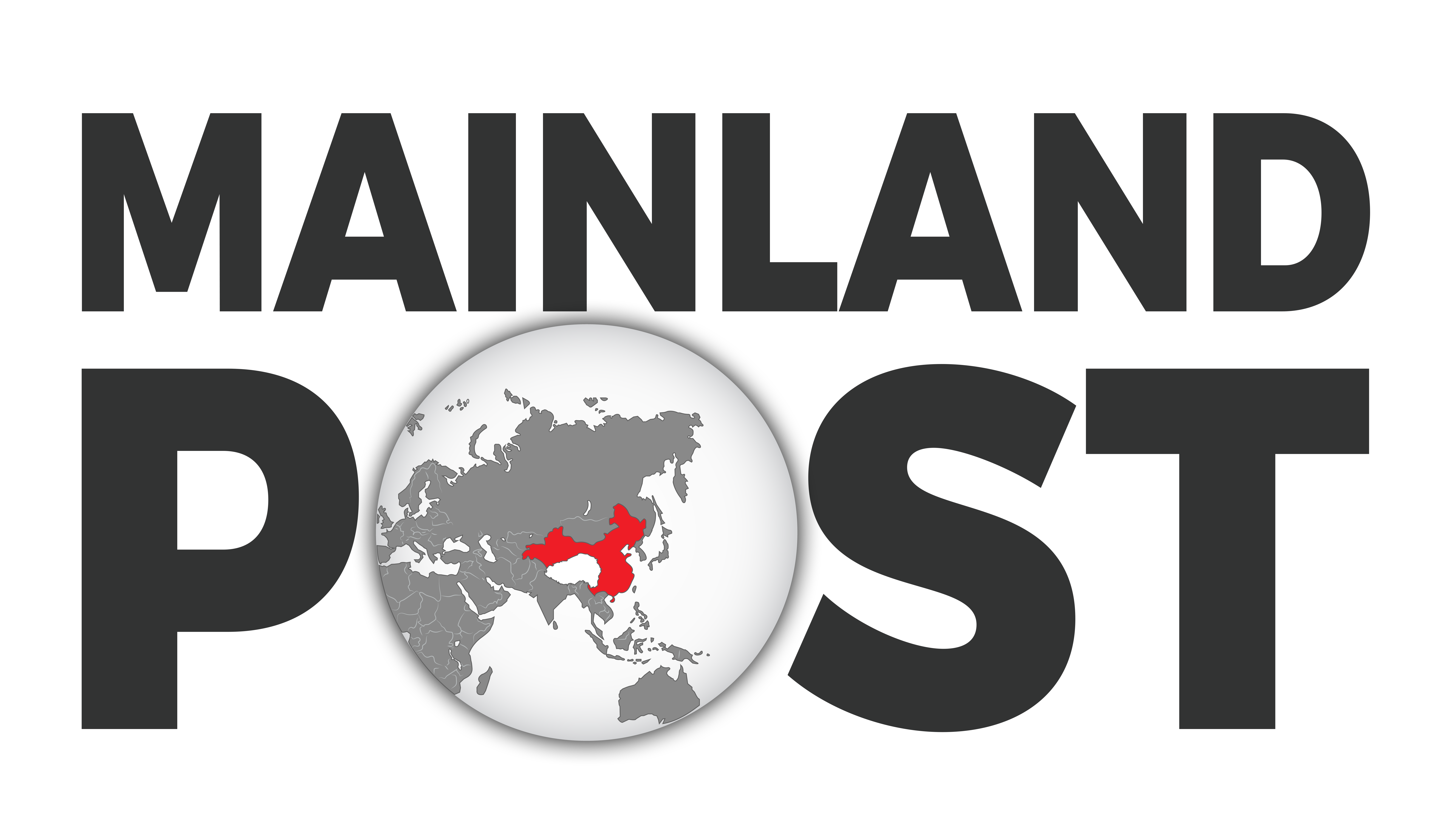Paris became the center of a heated debate over historical representation this weekend as around 800 Tibetan activists and supporters rallied in front of the Musée Guimet to protest the museum’s controversial decision to replace the term “Tibet” with “Xizang” in its exhibits. The demonstration, fueled by accusations of bowing to Chinese pressure, has intensified scrutiny on French cultural institutions and their role in global narratives about Tibet.
The protests erupted after it was revealed that two prominent Paris museums, the Musée Guimet and the Musée du quai Branly, had altered the terminology used in their exhibitions. Musée du quai Branly replaced “Tibet” with “Xizang Autonomous Region” in its catalogues, a move widely seen as aligning with Beijing’s preferred nomenclature. Musée Guimet renamed its Tibetan exhibition spaces as the “Himalayan World,” a change perceived as an attempt to dilute Tibetan cultural identity.
“We are here to tell the world that Tibet belongs to Tibetans,” said Tsering Dhundup, a leading activist at the protest. “This is not just a name change; it’s an erasure of our history, our culture, and our very existence. We will not allow museums in the heart of Europe to become tools of Chinese propaganda.”
The protest, organized by six Tibetan NGOs based in France, followed unsuccessful attempts to engage with the museums through formal letters seeking discussions about the implications of these terminology changes. While the Musée du quai Branly agreed to meet with the groups, the Musée Guimet did not respond, prompting the protest to be centered at its location. Demonstrators carried banners with messages like “World leaders should not succumb to Chinese pressure,” highlighting their concerns that the museums were aiding in China’s effort to rewrite history.
The outcry began to take shape on September 1, 2024, when an op-ed in “Le Monde,” signed by prominent French Tibetologists and experts of Asian art, criticized the museums for what they described as “abject subservience” to Beijing’s demands. The scholars argued that calling Tibet “Xizang” is a historical distortion designed to serve China’s narrative and erase the region’s distinct identity. They further condemned the museums for prioritizing access to Chinese funding and artifacts over historical accuracy.
“Our institutions must reject any interference by undemocratic foreign regimes,” the op-ed read, urging French museums to resist political pressure and maintain their independence. “Accepting to be dictated to in the rewriting of history is a sign of great weakness.”
The controversy quickly gained international traction, drawing widespread condemnation from Tibetan communities worldwide. Sikyong Penpa Tsering, the political leader of the Central Tibetan Administration, weighed in on the issue, sending a letter to French officials and museum directors on September 14. Tsering described the use of “Xizang” as part of a broader Chinese strategy to undermine Tibetan identity, calling it “an alarming distortion of history.” He urged the museums to revert to using “Tibet” to ensure historical and cultural accuracy.
Tenzin Topchen, director of the Tibet Museum of the Central Tibetan Administration, echoed these concerns in a public statement, describing the museums’ terminology changes as “an attack on Tibet’s cultural identity.” He called on the Musée Guimet and Musée du quai Branly to correct their language, warning that failing to do so would further embolden China’s efforts to control the narrative around Tibet.
In response to the criticism, Musée du quai Branly issued a statement clarifying that it continues to use “Tibet” in its permanent collection labels, attributing the online use of “Xizang” to a “technical update in progress.” Musée Guimet defended its rebranding of exhibition spaces, stating that the term “Himalayan World” reflects the inclusion of artifacts from both Tibet and Nepal, rather than a concession to Chinese influence.
Despite these explanations, protesters remain skeptical. “We’ve heard these justifications before,” said one demonstrator. “But the fact remains: Tibet is not Xizang, and these museums must respect that truth.”
As Tibetan activists continue their campaign, organizing petitions and leveraging social media to spread awareness, the spotlight remains firmly on the actions of these prestigious French institutions. The ongoing protests serve as a reminder of the complex pressures faced by cultural bodies worldwide, balancing the allure of international collaboration with the responsibility to uphold historical integrity. For now, the battle over how Tibet is represented—and by whom—remains fiercely contested in the heart of Paris.




